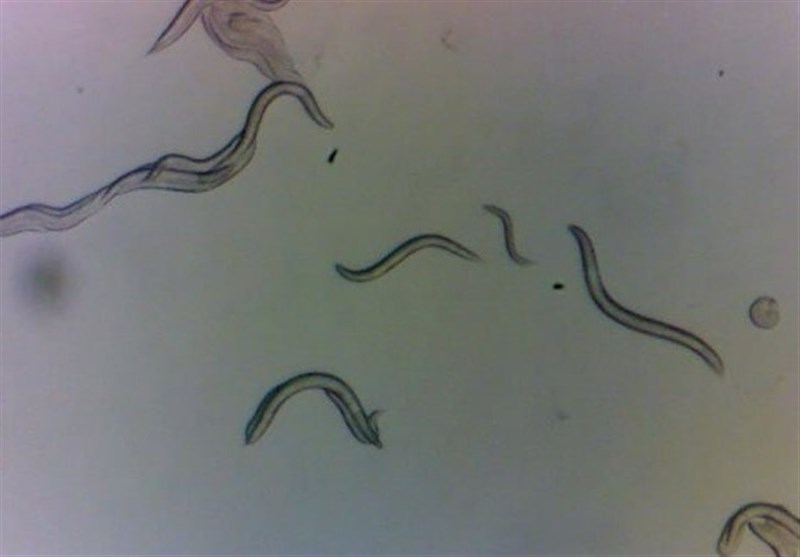Common Worm Species DNA Shows Immunity to Chernobyl Radiation, Study Finds
TEHRAN (Tasnim) – A team of American researchers has discovered that the DNA of a common worm species seems to be resistant to damage from chronic radiation in the Chernobyl Exclusion Zone (CEZ).
The CEZ has been inaccessible to humans since the 1986 nuclear power plant disaster.
New York University (NYU) biology Professor Matthew Rockman and postdoctoral associate Sophia Tintori conducted the study. During their visit to the CEZ in 2019, they collected samples of a nematode worm species called Oscheius tipulae.
"These worms live everywhere, and they live quickly, so they go through dozens of generations of evolution while a typical vertebrate is still putting on its shoes," Rockman stated in a press release announcing the study's findings.
Equipped with Geiger counters and protected by gear, they gathered samples of soil, decaying fruits, and other organic materials containing the worms from various radiation levels.
The researchers sequenced the genomes of 15 worms collected from Chernobyl and compared them to five nematode lineages from other locations. Although the worm lineages varied in their tolerance to DNA damage, these differences were not linked to the radiation levels at the collection sites.
The researchers stated that they "could not detect a signature of radiation damage" in the Chernobyl worms. While cautious about drawing conclusions, Tintori and Rockman expressed optimism that this research could have implications for cancer treatment. Their findings were published in the journal Proceedings of the National Academy of Sciences (PNAS).
A recent study from Princeton University also found that wolves living in the CEZ exhibit high resistance to cancer.
In April 1986, one of the four reactors at the Chernobyl Nuclear Power Plant exploded, releasing 400 times more radiation than the atomic bomb dropped on Hiroshima, Japan, during World War II. Over 100,000 people were evacuated from the nearby city of Pripyat. The entire area, located approximately 100 km north of Kiev, has been deemed uninhabitable for humans ever since.






